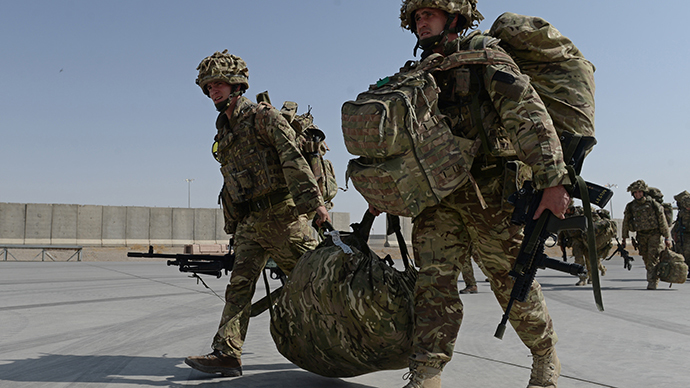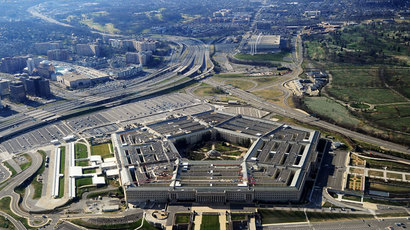America’s Afghan war bill: $1 trillion and rising!

The Afghanistan war has cost the United States around $1 trillion and will consume billions dollars more in the future, after the 13-year war ends later this month, according to the Financial Times and independent reports.
The true cost of the war is difficult to pinpoint and the US government has never attempted to detail its expenditure in Afghanistan. America’s longest-ever overseas war, which began months after 9/11, is set to officially wind down at the end of this month, though 10,000 US troops will remain there through 2016.
The US has appropriated $765 billion for the war in Afghanistan since 2001, mostly for the US Defense Department’s purposes and the rest for the likes of the US State Department, according to the Financial Times.
In comparison, the Iraq war cost US taxpayers around $2 trillion, including benefits owed to veterans, with a price tag that could reach $6 trillion over the next 40 years counting interest, according to the Costs of War Project by the Watson Institute for International Studies at Brown University.
Funds allocated for the Iraq and Afghan wars were borrowed, so interest will also add to the total cost. According to Ryan Edwards at City University of New York, the US has paid $260 billion - $125 billion from the Afghan war, according to the Financial Times - in interest on that total war debt.
Medical costs for soldiers who served in Iraq and Afghanistan have reached $134 billion, according to Harvard economist Linda Bilmes, though the true healthcare costs of these wars is tough to calculate, she said. This is based on how many troops served in both theaters and the nature of post-traumatic stress disorder, and other ailments.
Given the hundreds of thousands of US troops who served in the two wars, military healthcare spending has risen dramatically and will stay high as troops age. Bilmes said future medical and disability costs for veterans of the two wars will hit $836 billion in the coming decades.
The wars have also burdened the Defense Department’s pension system, which has an unfunded liability of $1.27 trillion, a number expected to rise to $2.72 trillion by 2034.
Even though the official war is ending, the Pentagon has called for $120 billion for operations in Afghanistan over the next three years, the Financial Times reported, depending on mission demands.
Meanwhile, John Sopko, the government’s inspector general for Afghanistan reconstruction funds has said “billion of dollars” of the more than $100 billion spent to rebuild the nation have been wasted or stolen.
“We simply cannot lose this amount of money again,” he said. “The American people will not put up with it.”
The amount the US has spent to reconstruct Afghanistan has, adjusted for inflation, cost more than the Marshall Plan that rebuilt western Europe after World War II.
“Time and again, I am running into people from USAID, State and the Pentagon who think they are in Kansas [not Afghanistan],” he said. “My auditors tell me things [about spending plans] and I say, ‘you have to be making this up, this is Alice in Wonderland’.”














